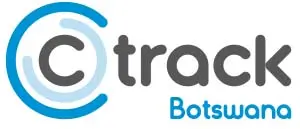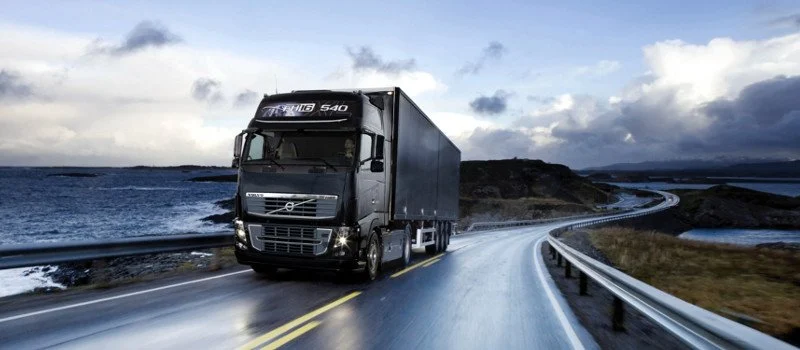Trucking towards SHEQ success
There are, according to estimates, around 322 000 registered trucks (heavy load vehicles GVM > 3 500 kg) on our roads. Add in smaller ones, those that are unregistered and foreign trucks passing through from outside the borders, and the numbers swell even further.
While accidents might be viewed as an occupational hazard, unsafe vehicles and driver error are avoidable. The risks of these are considerably lessened when vehicles are professionally maintained and drivers are trained, happy and working in optimal conditions.
Well-established companies, with reputations for integrity and safety, invest considerable funds into staff training, fleet maintenance and attempting to lessen their carbon footprints. SHEQ officers and managers at trucking companies, worldwide, pour thousands of man hours into research and practical applications. Globally, the industry has seen mammoth improvements in standards, as well as in efforts to improve working conditions for truckers.
Closer to home, standards have also risen. Attention to all four tenets of safety, health, the environment and quality has been vastly increased.
“The quality of road freight services in South Africa has often been compared to similar services worldwide,” says Gavin Kelly, technical and operations manager of the Road Freight Association of South Africa.
“We have been benchmarked as one of the best in the logistics supply chain involving delivery, incidents and quality of goods when delivered. This is a huge accolade for the local industry, given that we transport more than 80 percent of all goods on land by road freight.”
According to Kelly, addressing a reduction in South Africa’s carbon-footprint is still very challenging. Kelly says generally electricity, cement production and fossil-fuel industries are the largest emitters of CO₂. “We need to tackle mitigation of primary large emissions. Only then will an industry being held captive by outside fuel standards be held liable for emissions.”
There is still much debate in Europe around “cleaner” engines and the real effect of CO₂ emissions, the levels of real emissions from vehicles (especially diesel) and the actual alternatives available (and their related impact on the environment).
Another priority for operators is road safety, and numerous safety initiatives have been put in place.
“There are both reactionary and preventative measures that are well documented and communicated in the industry, as well as in the media. Accidents involving a single heavy vehicle always make the headlines, especially when there are multiple vehicles and fatalities involved.
“Even before the exact causes of the incident can be determined, the cause is usually attributed to the truck,” said Kelly.
Statistics beg to differ. According to a December 2015 road traffic report released by the Department of Transport, almost half of all fatalities were caused by light motor vehicles, while heavy freight vehicles were responsible for just 4,7 percent.
Keeping truckers safe, happy and healthy is vital, and a necessary component in minimising driver fatigue, so wellness and training programs, as well as negotiated working conditions have all become part of the industry.
However, so have several weaknesses, admits Kelly.
“The authorities need to listen to what the industry has to say in order to understand the realities of operations and tackle the shortcomings of the systems. In this way, fair and effective policing (or application of legislation) takes place.”
According to authorities, driving under the influence is ‘out of control’. However, their answer to the problem was to drop the maximum allowed limit of alcohol, instead of actually doing proper policing of the issue.”
He adds: “You cannot fix issues or challenges by adding more legislation.”
Barloworld: a SHEQ star
Barloworld Transport is one of many companies putting major efforts into “greening” and health and safety. Its reduced carbon footprint is based on identification/reporting/tracking and management of carbon footprint indicators, including consumption of fuel, electricity, water and tyres.
With a fleet of more than 1 200 vehicles, 2 600 employees and more than 38 depots across southern Africa, it has numerous strategies to reduce negative environmental impacts, for example, waste to landfill through recycling initiatives (including tyres and oil) and through use of energy-efficient lighting.
Worker health, safety, quality and road safety are managed through an integrated safety, health, environmental, quality and risk approach including, but not limited to, investment in human resource assets, systems, empowerment through training and accountability, measurement, and behaviour-based safety to ensure continual improvement.
“The company makes a concerted effort to ensure our roads are safe by training drivers, ensuring they get enough rest, and through advanced in-cab technology, which allows the driver and truck to be monitored remotely,” says Sue Oosthuizen, head of risk at Barloworld Transport.
The company also has strict policies and procedures in place to which drivers are required to adhere.
“Keeping our drivers safe is also a broader part of keeping the roads safe. The roads are there for the use and benefit of everyone, but with that comes responsibility. We take our responsibilty very seriously, and the lessons we learn on a daily basis are valuable to all road users.”
Ctrack’s total transport security solution
Vehicle tracking and fleet-management solutions specialist Ctrack has combined fleet management with the ability to detect signal jamming from criminals intending to steal precious cargo – offering a total transport solution to fleet owners.
The combined fleet-management and jamming-detection solution provides fleet owners and operators with an extra security precaution that keeps vehicles visible in the presence of jamming conditions.
“With signal jamming becoming a reality, we are now able to offer our customers the option of installing a non-GSM jamming detection module as part of their fleet-management system to ensure continuous visibility,” says Hein Jordt, MD of Ctrack Fleet Management Solutions.
As signal jamming has the ability to prevent a telematics unit from broadcasting its position to the service provider, it is being increasingly used by criminals to hijack trucks and trailers.
“Hijackers use a range of jamming devices to block tracking systems from communicating via the cellular networks, or via satellite. Once the system has been jammed, they typically hijack the vehicle, or work with the driver to move it to a location where they offload its valuable cargo,” says Jordt.
Written by Peta Lee.
This article was originally published in Focus on Transport & Logistics.

